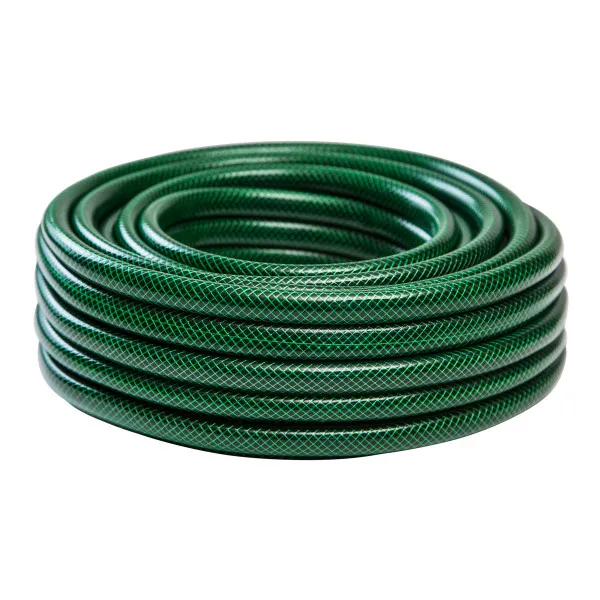garden hose irrigation
Garden Hose Irrigation An Efficient Way to Water Your Plants
Water is vital for the growth and sustenance of plants, and efficient irrigation methods are essential for any gardener looking to maintain a healthy garden. One of the most convenient and effective ways to irrigate your garden is through the use of a garden hose. This article will explore the benefits of garden hose irrigation, practical tips for implementation, and innovative techniques to enhance your watering practices.
The Benefits of Garden Hose Irrigation
1. Versatility A garden hose can reach virtually any area of your garden, making it suitable for various plants, whether they are in rows, flowerbeds, or pots. This flexibility allows you to tailor your watering approach to different plant needs, ensuring that each section of your garden receives the appropriate amount of water.
2. Cost-Effective Compared to more complex irrigation systems, garden hoses are relatively inexpensive and widely available. They do not require extensive installation, making them an excellent choice for both beginner gardeners and those on a budget.
3. Control Over Watering Using a garden hose allows you to have direct control over the amount of water applied to each plant. This is particularly important for preventing overwatering or underwatering, which can lead to various plant health issues.
4. Targeted Application With a hose, you can water specific plants, ensuring that those with higher moisture requirements receive ample supplies while conserving water for drought-resistant plants. This capacity for targeted application is especially crucial in mixed gardens where plant needs vary significantly.
Practical Tips for Using a Garden Hose
1. Choose the Right Hose Ensure that you select a high-quality garden hose that is appropriate for your garden's size. Consider hoses made of durable materials that can withstand exposure to the elements and potential kinking.
2. Water Early or Late To minimize evaporation, it’s best to water in the early morning or late evening. This not only conserves water but also helps prevent fungal diseases that can arise from excessive moisture during the hotter parts of the day.
garden hose irrigation

3. Use Nozzles and Sprinklers Investing in a good nozzle or sprinkler attachment can enhance your garden hose's efficiency. Adjustable nozzles allow you to switch between mist, soak, and stream settings, giving you the flexibility to water delicate seedlings or established plants with different power levels.
4. Create a Watering Schedule Developing a consistent watering routine can help you keep track of your garden's hydration needs. This is particularly relevant during dry spells, where plants may require more frequent watering.
5. Monitor Plant Health Regularly check the moisture levels of your plants and their soil. Different plants will have various water needs based on their type and the climate, so it’s essential to adjust your watering practices accordingly.
Innovative Techniques for Enhanced Efficiency
1. Soaker Hoses For larger gardens, a soaker hose can be an excellent investment. These porous hoses allow water to seep slowly into the soil along their length, providing consistent moisture at the roots and reducing evaporation.
2. Drip Irrigation Adaptations While traditional drip systems can be complex, a garden hose can be adapted to work similarly. By poking small holes at intervals along the hose’s length, you can create a simple drip irrigation system that delivers water right where it’s needed.
3. Mulching Consider adding mulch around your plants to help retain soil moisture. This not only reduces the frequency of watering needed but also helps in preventing weed growth and enhancing soil quality.
4. Rainwater Harvesting Use rain barrels to collect rainwater, which can then be distributed via your garden hose. This eco-friendly approach significantly reduces water costs and is a sustainable way to support your garden.
Conclusion
In conclusion, garden hose irrigation is a practical and efficient method for maintaining a healthy and vibrant garden. With its versatility and ease of use, a garden hose can cater to the unique needs of your plants while conserving water and minimizing costs. By implementing the tips and techniques discussed, you can enhance your watering practices, ensuring that your garden flourishes throughout the growing season. Whether you are a novice gardener or a seasoned horticulturist, integrating a garden hose into your irrigation routine can lead to a thriving and beautiful landscape.
-
Unrivaled Performance and Applications of PU Pneumatic Hoses and TubesNewsJun.11,2025
-
The Transparent World of Industrial Tubing and Hosing SolutionsNewsJun.11,2025
-
The Intricate World of Pneumatic Conduits: Tubes and HosesNewsJun.11,2025
-
The Dynamic Landscape of Pneumatic Conduits: Unraveling Key ComponentsNewsJun.11,2025
-
The Diverse Applications and Significance of Transparent PVC TubingNewsJun.11,2025
-
High - Pressure Pneumatic Tubing and Systems: An In - Depth LookNewsJun.11,2025














